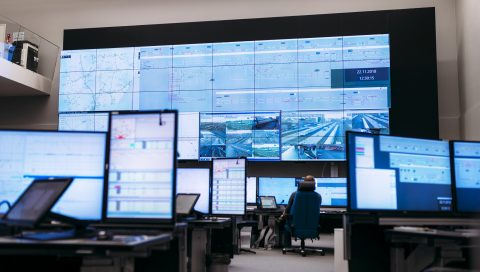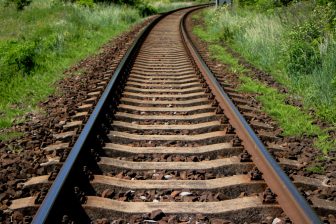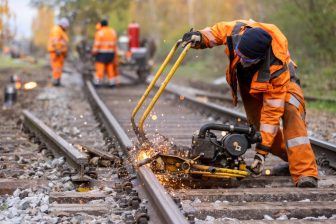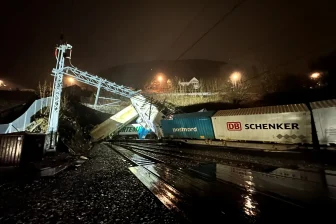
FRMCS tests in Finland to start in 2022
In the Finnish Digirail project, the radio-based communication system FRMCS will be tested. A unique European trial will begin in Finland, where the new system can be adopted earlier than in most countries, because their GSM-R has already been replaced. The Digirail project is now moving from preparation to practice as digital train control technology will be constructed and piloted on the railways. The goal is to have a fully operational test laboratory in 2022, and a test track two years later.
Want to read more?
You have read all of your free premium articles for this month. Please become a subscriber to keep reading.
Subscribe now!
Take advantage of our exclusive offer to get full access to all premium content.



